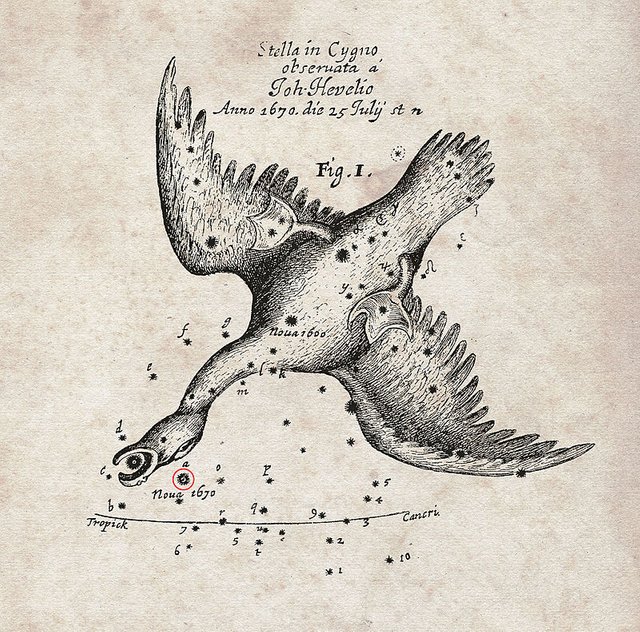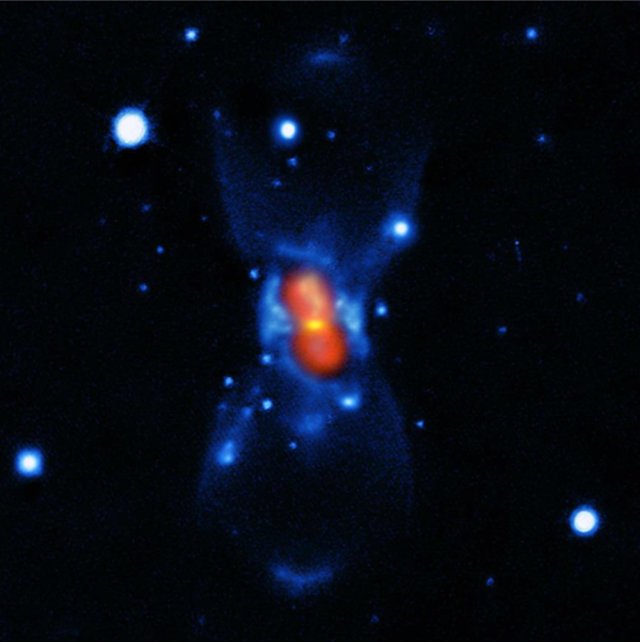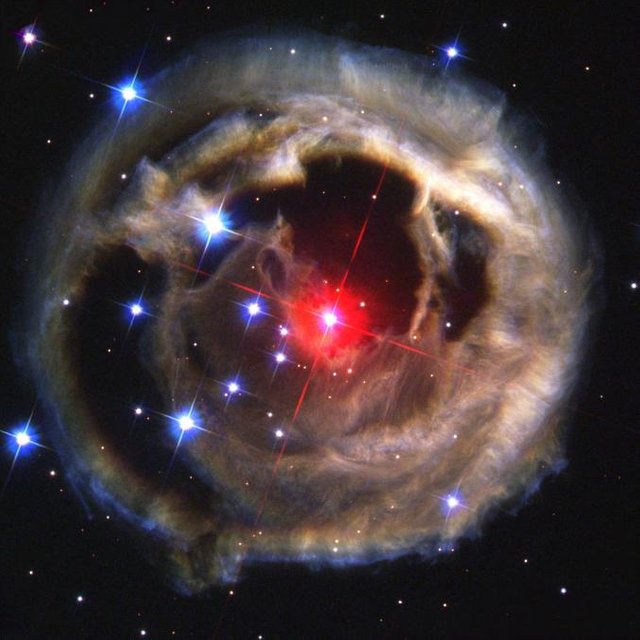In 1670, Sky Father surprised us with a tricksy, teasing gift

nova 1670 location credit: Hevelius
In 1670, in the night sky, a new star appeared in the sky. Seen near the constellation of Cygnus the Swan, a bright star appeared, faded and disappeared. This was what we now call Nova Vulpeculae 1670 or CK Vulpeculae, the star was seen across Europe and astronomers across the continent made note and observed the new star from its birth to its disappearance.
In the Summer of 1670, the star first appeared. This was near the head of the Swan constellation, Cygnus, but faded away. Then in March 1671, the star reappeared and then over the summer became even brighter than the year before. It would disappear in October 1671. It would then reappear one more time in 1672, but it would very faint and then disappear forever. Astronomers of the time, noted this. The famed Hevelius and Cassini both observed the new star appear, disappear and reappear.

CK Vulpeculae credit: ESO/T. KAMIŃSKI
Modern astronomers found the source of that new 'star' in the 1980s. This was done using modern telescopes looking in the direction of the sky where the nova appeared. What they found was interesting. However, astronomers have not been able to agree as to what the cause of CK Vulpeculae was.
What exactly CK Vulpeculae was has been argued about for a very long time. At one point astronomers assumed the 'star' was either a supernova or nova. That is what the majority of these types of 'stars' are. In fact, the name 'nova' means star. However, both of those are not actually stars per se.
A supernova is when a sufficiently large star explodes at the end of its life. These explosions are the largest explosions seen in our universe and are caused when the star can no longer support fusion within its core and collapses inward at large fractions of the speed of light. When the collapsing shell hits the iron heavy core, the explosion takes place and we get a supernova. However, the original appearance and then repeated reappearance made it far more likely to be a classic nova rather than supernova. When astronomers looked into the sky with modern telescopes, they confirmed what they saw was unlikely to be a supernova. So, a nova, they thought.
A nova is when a white dwarf or neutron star, both remnants after a star dies, accumulates enough material, hydrogen normally, that it causes a smaller explosion. This explosion is a flash of hydrogen or helium fusing across its surface. The hydrogen or helium is often 'stolen' from another star that is very, very close to the white dwarf or neutron star. There are some variations to this and some other causes as well. While the remnants of CK Vulpeculae looked far more like a nova, the remnants seen by telescopes wasn't a exactly a match either.

Monoceras, a red transient or red luminous nova credit: NASA, ESA AND H.E. BOND
In 2015, astronomers proposed, instead, what was witnessed was two stars merging. This is called a 'red transient' or 'red luminous nova.' This could cause a brief nova-like explosion. It mostly explained the differences between a classic nova and the remnants of CK Vulpeculae. There were a few discrepancies still. The molecules seen near CK Vulpeculae don't match other red transients seen more recently. The authors suggested this was because most stellar collisions seen were very recent whereas the age of CK Vulpeculae is centuries old.
A new paper, still in preprint, suggestions instead of two standard stars merging, it was a white dwarf and a brown dwarf that crashed into one another. White dwarfs are remnants of stars that are too small for a supernova, but after the star has left the main sequence or 'normal life.' Our Sun is too small for a supernova and will end its life as a white dwarf. A brown dwarf, on the other hand, is a star (we think) too small to have started hydrogen fusion. This makes it something of a 'failed' star or an intermediate between stars and gas giant planets like Jupiter. The authors think the merger of those two types of 'star' would explain the differences between a red transients astronomers have seen and CK Vulpeculae.
If this latest group of astronomers is correct, then we would have seen a very rare event. There are a very large number of brown dwarfs, very few are close enough to their larger host stars to merge like this. Currently, there are very few brown dwarfs orbiting main sequence stars within 5 AU, 465 million miles or 744 million kilometers. This is called the 'brown dwarf desert'.
Time will tell whether or not this latest paper by astronomers will be correct. Science, unlike other forms of explaining the universe, is based on new information. Rarely is there ever a final answer to anything. Scientists being human will argue until their faces turn blue if they think their solution is correct. They are, after all, only and gloriously human.
No matter what, if ever, CK Vulpeculae is finally settled on as being, Sky Father is having a good giggle. He let us have yet another stinker when we pulled his finger.

img src: google
CK Vulpeculae
https://en.wikipedia.org/wiki/CK_Vulpeculae
Supernova
https://en.wikipedia.org/wiki/Supernova
Nova
https://en.wikipedia.org/wiki/Nova
17th-Century Astronomers May Have Watched Stars Collide
https://news.nationalgeographic.com/2015/03/150323-nova-red-transient-vulpeculae-astronomy-stars/
Stellar Collision
https://en.wikipedia.org/wiki/Stellar_collision
Luminous Red Nova
https://en.wikipedia.org/wiki/Luminous_red_nova
ALMA reveals the aftermath of a white dwarf--brown dwarf merger in CK Vulpeculae
https://arxiv.org/abs/1809.05849
White dwarf
https://en.wikipedia.org/wiki/White_dwarf
Brown dwarf
https://en.wikipedia.org/wiki/Brown_dwarf
Brown dwarf desert
https://en.wikipedia.org/wiki/Brown-dwarf_desert